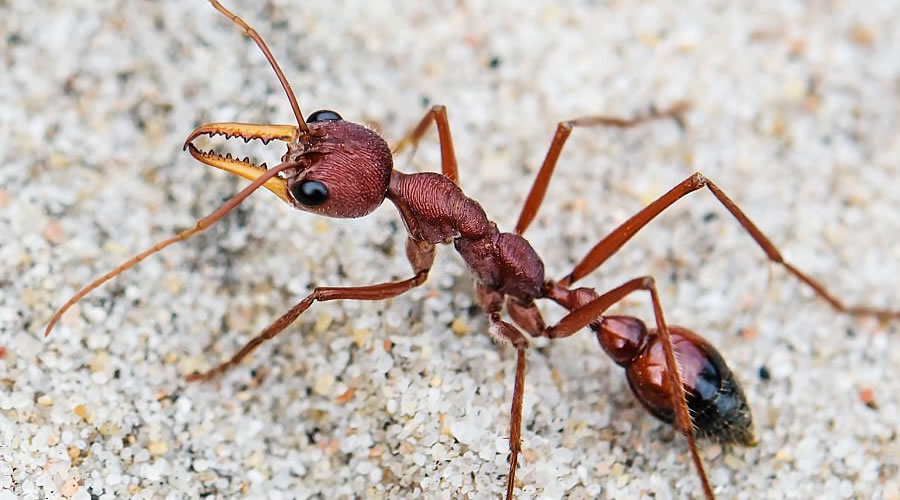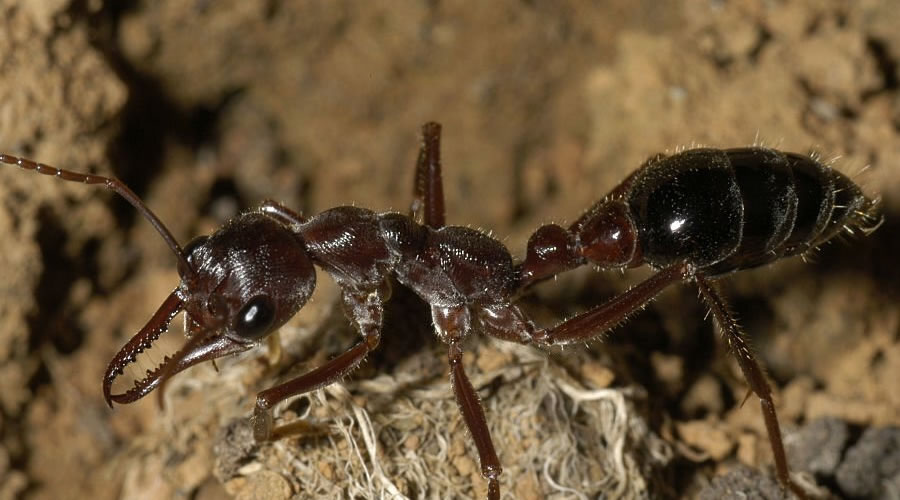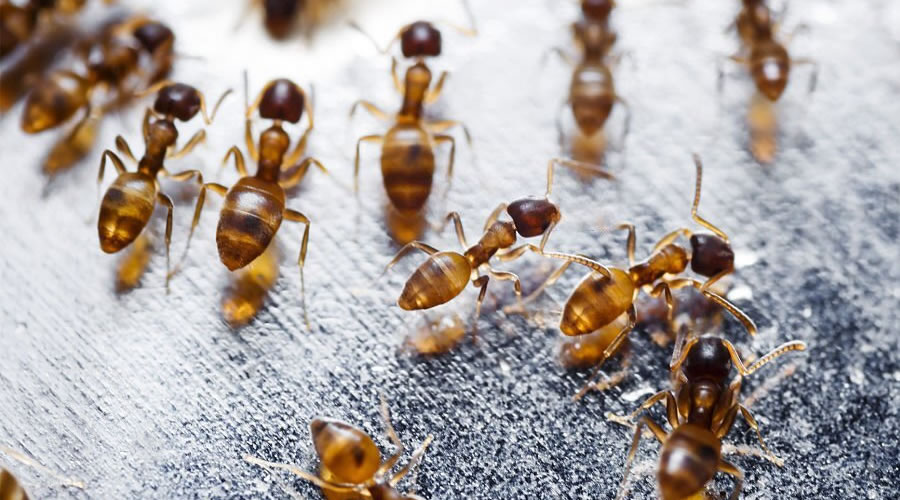Most Common Ants In Adelaide and How to Control Ants
Adelaide Ant Control Guide
In Australia alone, there are over 1000 ant species, but only a handful of these ants live as pests in the home.
Below, you will learn about the most common ants in Adelaide, as well as how to get rid of them. Scroll down for more.
What Are Ants?
Ants are a type of invertebrate that belong to the same family as wasps and bees. Ants are classified based on their elbowed antennae and the node-like structures along their waists. There are over 10,000 ant types around the globe.
All ants begin as an egg. If the egg becomes fertilized, the egg will become a female. If not, the egg will become a male. Once hatched, ants go through a metamorphosis through a larva stage, which allows them to progress into the pupal stage before becoming an adult, finalizing the four-stage life.
Ants are known for building large colonies. These colonies may only include a few dozen solitary ants, or they can have thousands or millions of ants working together. All colonies will have at least one queen, but some larger colonies will have multiple.
Unfortunately, ants can be intense nuisances. They eat primarily sweet, organic material, including fruit, vegetables, meat, dog food, and most other food you can find in your kitchen. That is why ant problems are typically associated with kitchens and cabinets, not bathrooms.
Common Types of Ant in Adelaide
Out of the thousands of ants located in Australia, five ants are the most common, especially as household pests. If you have an ant infestation in your home, they are likely one of the five types of ants below.
Black House Ant
- Scientific Name: Ochetellus
- Appearance: Shiny black; 2.5-3 mm long
- Life Cycle: Larva hatches from the egg and looks like a white grub; the larva pupates; the adult emerges
The Black House Ant is one of the most common ants worldwide. They are often a nuisance in the house because they are adamant scavengers inside the kitchen, garbage can, and even outside dog excrement. These ants have been associated with salmonella spread, which means pest control is a must.
If you are dealing with a Black House Ant infestation, the best thing to do is to locate the colony and exterminate it. If you do not exterminate the colony, more ants will keep coming back from the colony into your home in order to scavenge for food.
Fire Ant
- Scientific Name: Solenopsis spp
- Appearance: Coppery-brown body with dark abdomen
- Life Cycle: Larva hatches from the egg; the larva pupates after eating the queen’s secretions; the adult emerges
Fire Ants are named after their coppery color and painful bite. Unlike common Black House Ants, fi Fire Ants will sting if aggravated. Some will even continue to sting. Affected areas often result in a pustule that stings for hours after.
Fire Ants aren’t quite as persistent in the kitchen, but they are still a major pest. They are found in agricultural environments and urban ones. They mainly invade crop areas and outdoor environments, but they sometimes come in as well.
Ghost Ant
- Scientific Name: Tapinoma melanocephalum
- Appearance: Translucent legs and abdomen; 16 mm
- Life Cycle: Continuous breeding inside colonies
The Ghost Ant is named as such because it has pale or translucent legs and abdomen. The upper part of its body is dark. Ghost Ants are particularly a problem in Australia, but they aren’t as widespread as the above two species.
Ghost Ants love sweet substances and grease. This means you can find these ants inside your home. They will even nest in small spaces or voids around high moisture areas. Often, colonies occupy multiple nesting sites, making them difficult to get rid of.
Odorous House Ant
- Scientific Name: Tapinoma sessile
- Appearance: Brown or black; 12 segments
- Life Cycle: 4 stages as above, but can live for years
The Odorous House Ant gets its name because it produces a coconut-like smell when crushed. They also have slightly different bodies than other ant types. For example, their antennae have 12 segments and do not end with a club.
Just like other ant species, Odorous House Ants love household foods, especially sugary sweets, fruits, and pet food. They are often attracted to extremely moist environments. If you live in a dry area, these ants will seek out moisture, such as around your sink or toilet bowl.
Pharaoh’s Ant
- Scientific Name: Monomorium pharaonis
- Appearance: Yellow-brown workers; black, winged males; dark red queens
- Life Cycle: 4 stages as above, but with multi-queen colonies
Pharaoh’s Ants are known for having well-defined trails. These trails often follow heating systems and ventilation towards food, which can be meat, fat, sweets, blood, and even dead insects. The ants are most commonly found in deep cavities of heated buildings, such as hospitals and other large buildings.
Because of their preferred environment and how many Pharaoh’s Ants are in a single colony, they aren’t quite as common in regular houses, but it certainly is not unheard of.
Signs of Ant Infestation
- Spotted live ants
- Ant pathways
- Piles of soil or dirt
- Discarded wings
- Rustling sounds in walls
How to Control Ants in the Home
If ants are in your home, it’s important to act fast. One ant can quickly turn into a full-blown infestation, especially if there is a food source that the ants can get access to.
Contacting a pest control specialist of https://www.propestcontroladelaide.com.au/ is the best way to control ants in the home. These little creatures are notoriously difficult to get rid of because of their size, number, and persistence. A professional specialist will be able to remove the ants quickly and efficiently.
In the meantime, make sure to properly clean your home and store away food. Most likely, the ants are coming in because they smell sweets in the area. Properly store all food, including pet food.
Conclusion
As small as they may be, ants can be a serious problem. They can spread salmonella and destroy your home. No matter what type of ant you have, act accordingly by contacting a pest control specialist who can get rid of the little creatures.




Leave A Comment
You must be logged in to post a comment.